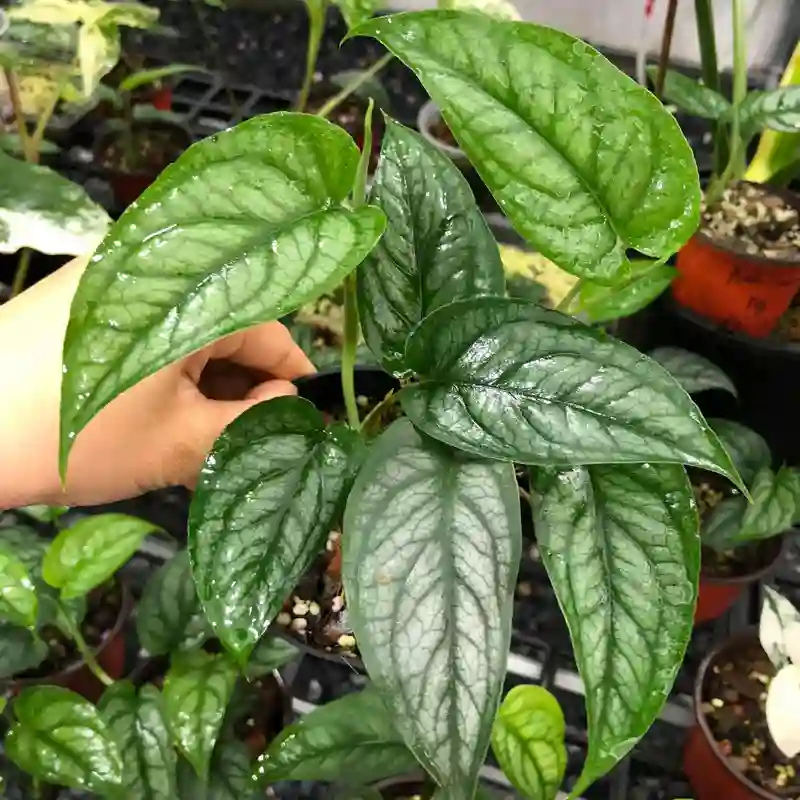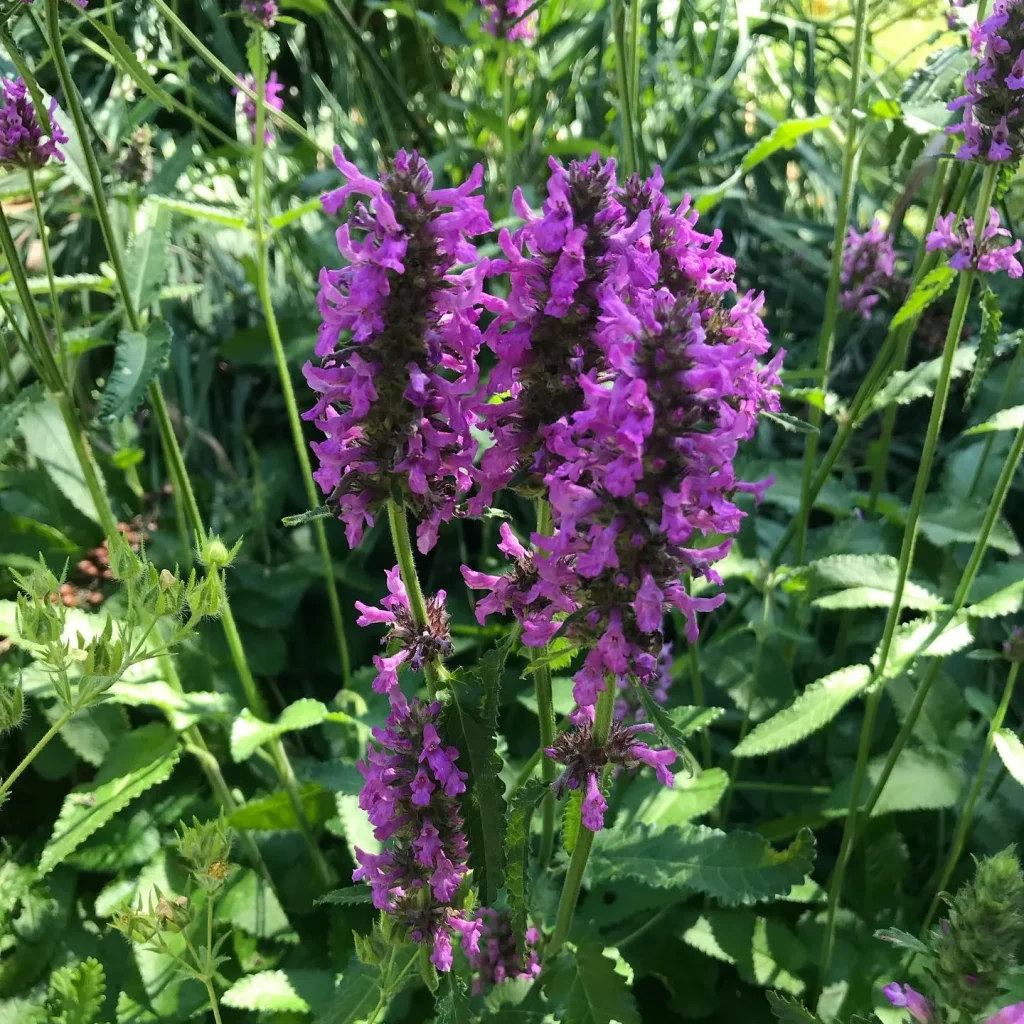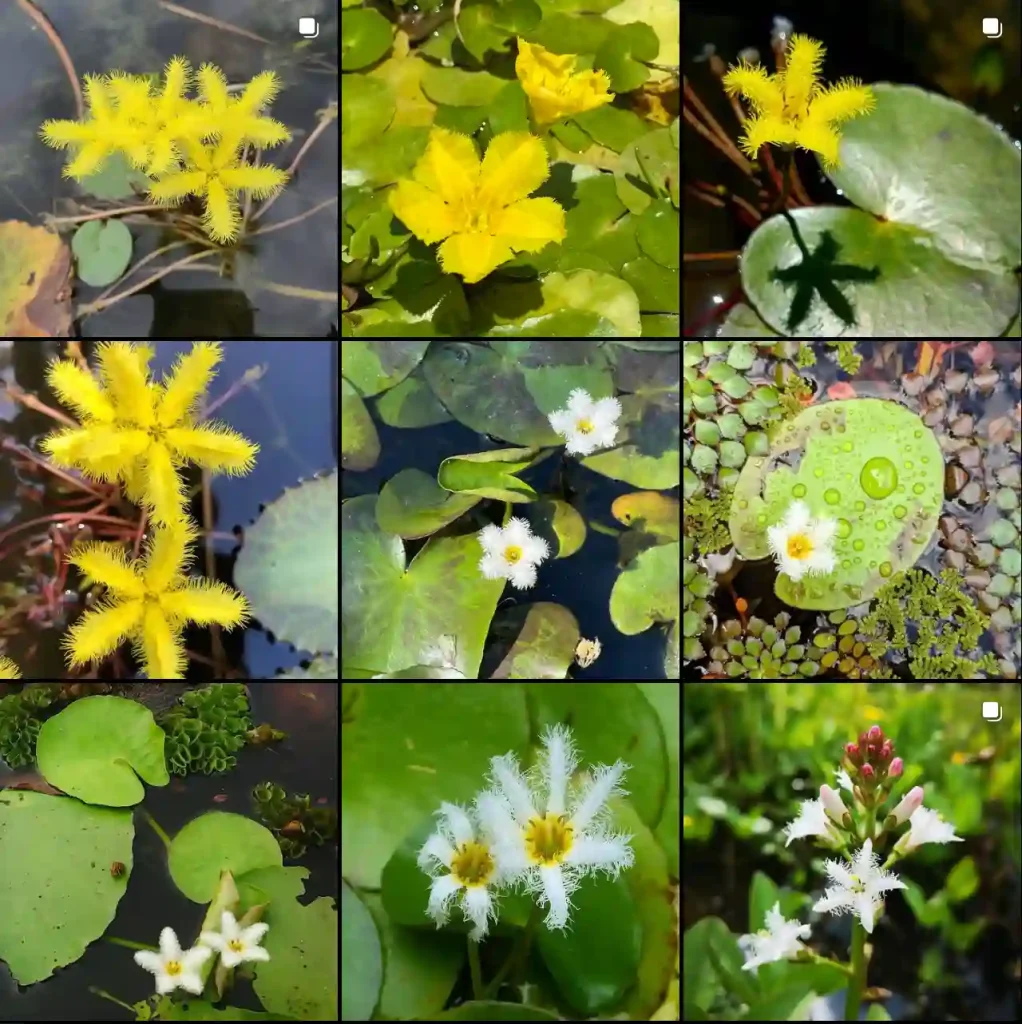FAQs About Thalictrum Rochebrunianum
If you’re delving into the world of Thalictrum Rochebrunianum, you’re in for a treat. This unique perennial, often known for its delicate beauty and versatile growth habits, raises plenty of questions. Here’s a comprehensive guide to help you understand how to plant, care for, and compare Thalictrum Rochebrunianum.
214 Species in Genus Thalictrum
What Is Thalictrum Rochebrunianum?
Thalictrum Rochebrunianum, commonly referred to as Rochebrun’s Meadow Rue, is a captivating perennial with airy, fern-like foliage and graceful clusters of small, star-like flowers. Native to the mountainous regions of Asia, it thrives in cooler climates and adds a touch of elegance to gardens with its light purple to lavender blooms.
How to Plant Thalictrum Rochebrunianum?
Planting Thalictrum Rochebrunianum requires a bit of planning. Start by selecting a location that offers partial shade to full sun, depending on your climate. This plant prefers well-drained soil enriched with organic matter.
- Site Preparation: Choose a spot with light, well-draining soil. Amend the soil with compost to improve its fertility and drainage.
- Planting: Dig a hole that is twice the width of the root ball and just as deep. Place the plant in the hole, ensuring the top of the root ball is level with the soil surface. Backfill the hole with soil and water thoroughly.
- Spacing: Space plants about 18 to 24 inches apart to allow for their mature spread.
How to Care for Thalictrum Rochebrunianum?
Caring for Thalictrum Rochebrunianum involves a few key practices to keep it thriving:
- Watering: Keep the soil consistently moist, especially during dry periods. Avoid waterlogging as it can lead to root rot.
- Fertilizing: Apply a balanced, all-purpose fertilizer in the spring to encourage robust growth and blooming.
- Pruning: Deadhead spent blooms to prolong flowering and cut back the plant in late fall or early spring to maintain its shape and remove any dead material.
How to Propagate Thalictrum Rochebrunianum?
Propagating Thalictrum Rochebrunianum can be done through division or seed sowing:
- Division: In early spring or fall, dig up the clump and divide it into smaller sections. Replant each section in a prepared site, ensuring each has a healthy root system.
- Seed Sowing: Sow seeds in early spring or late summer. Use a seed-starting mix and keep the soil moist until germination occurs.
What to Plant With Thalictrum Rochebrunianum?
Thalictrum Rochebrunianum pairs beautifully with various garden companions:
- Hostas: Their broad leaves contrast nicely with the delicate foliage of Thalictrum.
- Astilbes: The feathery blooms of Astilbes complement the airy flowers of Thalictrum.
- Heucheras: The vibrant foliage of Heucheras adds a splash of color that enhances the subtle hues of Thalictrum flowers.
Can You Grow Thalictrum Rochebrunianum Indoors?
While Thalictrum Rochebrunianum is primarily suited for outdoor gardens, it can be grown indoors under the right conditions. Ensure it receives adequate light, preferably from a south-facing window, and maintain consistent moisture. However, it may not reach its full potential indoors due to limited space and light conditions.
Is Thalictrum Rochebrunianum Toxic?
Thalictrum Rochebrunianum is generally considered non-toxic to humans and pets. This makes it a safe choice for gardens where children and animals are present.
Benefits of Growing Thalictrum Rochebrunianum
- Aesthetic Appeal: Its delicate flowers and fern-like foliage provide a unique texture and visual interest in the garden.
- Low Maintenance: Once established, Thalictrum Rochebrunianum requires minimal care and is relatively pest-resistant.
- Pollinator-Friendly: The plant attracts beneficial insects like bees and butterflies, supporting local ecosystems.
Common Problems with Thalictrum Rochebrunianum
- Powdery Mildew: This fungal disease can affect Thalictrum, especially in humid conditions. Ensure good air circulation and apply fungicides if needed.
- Root Rot: Overwatering can lead to root rot. Ensure proper drainage and avoid waterlogging.
Thalictrum Rochebrunianum vs Delavayi
When comparing Thalictrum Rochebrunianum to Thalictrum Delavayi, several distinctions become apparent:
- Appearance: Thalictrum Delavayi typically has darker, more pronounced flowers compared to the lighter hues of Rochebrunianum. The foliage of Delavayi is also generally more robust.
- Growth Habit: Delavayi tends to be more compact, while Rochebrunianum can grow taller and more airy.
- Climate Preferences: Both thrive in similar conditions, but Rochebrunianum may be slightly more adaptable to varying light conditions.
In summary, Thalictrum Rochebrunianum is a delightful addition to any garden, offering elegance and a touch of the exotic. By understanding its care requirements and comparing it with similar species, you can ensure it thrives and adds beauty to your outdoor space.
If i die, water my plants!



